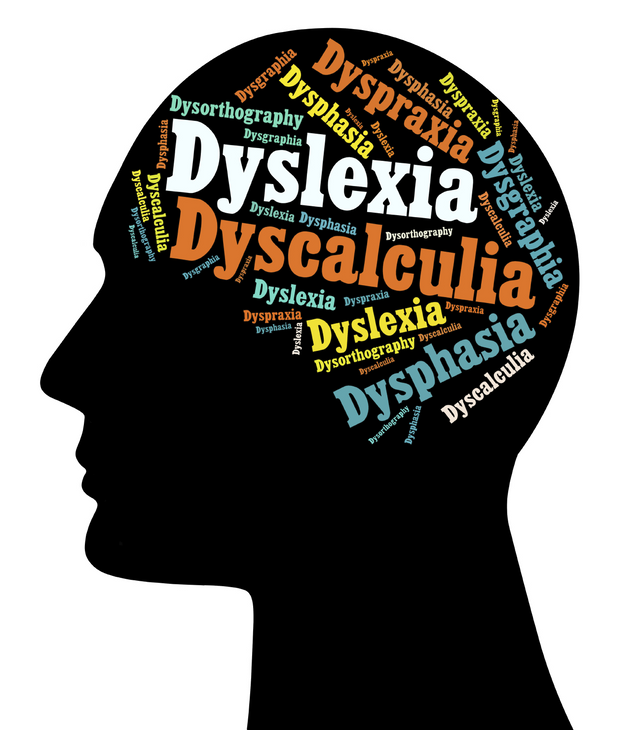How Education technology helps students with learning disabilities?

Disability, they say, is not inability. It is a statement that holds true in many aspects, especially in the lives of people with disabilities. For a student, being able to partake in academic activities even if they suffer from visual impairment is the reason enough to suffer from low self-esteem. However, with societies around the world working towards building an all-inclusive world, not all hope is ever lost for learners who exhibit learning disabilities. Technological inventions aimed at making learning resources available to everyone have helped put everyone at par. You can instantly think of https://uk.edusson.com, an essay writing service where students can pay british essay writers for research papers, or about other EdTech gadgets we use every day.
Technologies for students with special needs
Learning disabilities, we would agree, manifest in many ways. But, whether a student is deaf or blind, there are lots of assistive technologies that can help one overcome varying degrees of academic challenges. Assistive technology, usually abbreviated as AT, is a gadget/device, system or equipment that helps people with disabilities work around personal challenges, in this case, within the realms of academia. And, while they do no eliminate learning challenges, the fact that AT makes it possible for learners to realize their full potential and academic goals makes them indispensable. Most importantly, assistive technologies help students maximize their strengths without limitations. If say, one is unable to read due to blindness, he or she can still make the most of his or her listening skills or use a braille machine. Teaching media such as podcasts are also vital ATs.
Challenges that require using assistive technologies
Now, before looking at types of technologies that help students with learning disabilities cope with their challenges, here are some of the challenges many face: · A middle school student who struggles with mathematics, especially in areas such as organizing, computing, taking notes and aligning needs an assistive technology for children. It could be an audio device or any other gadget, but the most important thing is that one will be able to start solving basic math problems. · Reading problems, often a result of visual impairment is another challenge that requires the use of assistive technology. While there are many tools to aid with this, gadgets and special software that convert text to speech have become popular ATs in this regard. · Moreover, there are students who are unable to plan, keep track of their schedules and organize their timetables, thus, need assistive technologies. For example, someone who finds it difficult to retrieve, manage or store useful notes need special devices to help them keep pace with the rest in class. · Students who face writing challenges are another group of learners who need AT more than anything else. It could be a gadget that helps with spelling words, grammar, word usage or punctuation. Sometimes, finding a dependable and reliable essay writer is the way to go and most importantly, circumvent difficulties if you belong to a group of special needs students.
Types of assistive technologies for students with educational disabilities
Having explored different types of challenges that require the use of ATs, here is a look at examples of technologies that would make learning easier.
Talking calculators
Particularly useful for students with disabilities such as dyscalculia, talking calculates make for perfect examples of ATs that students with learning disabilities need to discern symbols and numbers. Most important, they help boost comprehension. They are perfect for kids with autism or ADHD.
Audiobooks and podcasts
Audiobooks and podcasts are not only revolutionary inventions that keep transforming the academic sector, but are equally powerful assistive technologies for hearing impaired students. Instead of going through a challenge of reading novels and notes, all a teacher has to do is recommend relevant audiobooks for learners with disabilities.
Programs that predict words
There are lots of word prediction programs that would suit students with learning disabilities. Whether one struggles with challenges such as spelling words correctly, choosing the right words for an essay assignment or getting it right with grammar, a good program is all one needs to excel with a few keystrokes.
Speech recognition software
Speech recognition programs are useful for students who are better at oral than writing skills. They work by converting spoken words into texts. Usually, there is a word processor, a microphone and a storage device such as a computer or smartphone. A good example here is Intel Reader.
The Bottom Line
There are hundreds of assistive technologies that teachers can rely on to help students with learning disabilities cope with academic challenges. However, it is imperative that proper assessment of one’s strengths and weaknesses precedes a decision on whether one needs a graphic organizer, optical character reco
Congratulations @charlesksigler! You have completed the following achievement on the Steem blockchain and have been rewarded with new badge(s) :
You can view your badges on your Steem Board and compare to others on the Steem Ranking
If you no longer want to receive notifications, reply to this comment with the word
STOPDo not miss the last post from @steemitboard:
Vote for @Steemitboard as a witness to get one more award and increased upvotes!